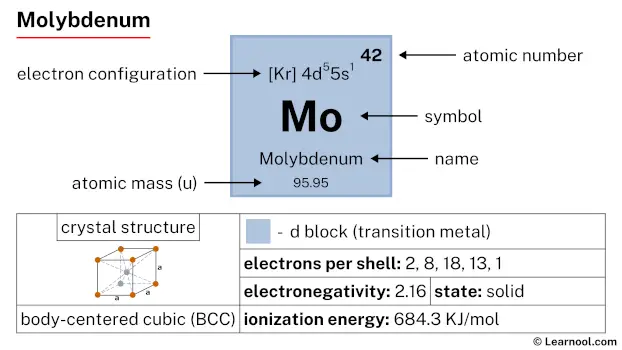
Molybdenum (Mo) is a chemical element of the periodic table, located in the group 6 and the period 5, and has the atomic number 42. It is a hard, silvery-white transition metal, whose name comes from the Greek word “molybdos”, which means lead.
On periodic table
| group | ⇨ | 1 | 2 | 3 | 4 | 5 | 6 | 7 | 8 | 9 | 10 | 11 | 12 | 13 | 14 | 15 | 16 | 17 | 18 |
| period | ⇩ | ||||||||||||||||||
| 1 | 1 H 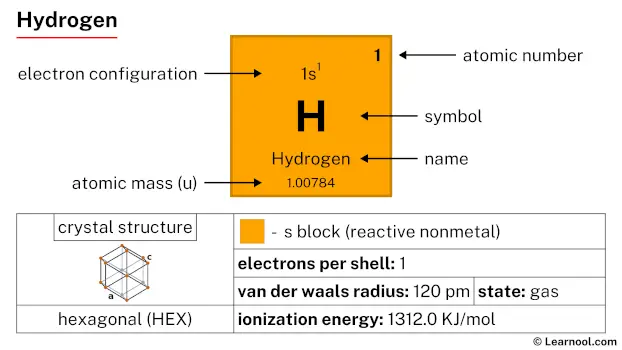 Hydrogen |
2 He  Helium |
|||||||||||||||||
| 2 | 3 Li  Lithium |
4 Be 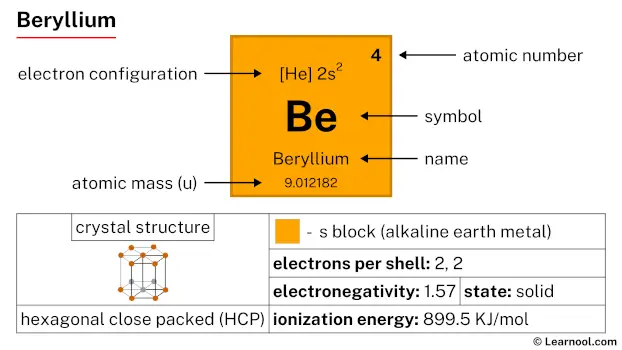 Beryllium |
5 B 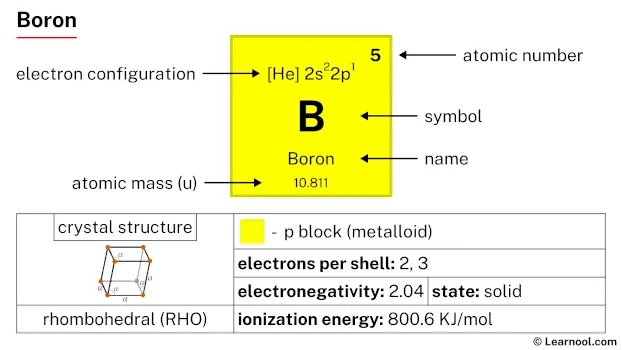 Boron |
6 C  Carbon |
7 N 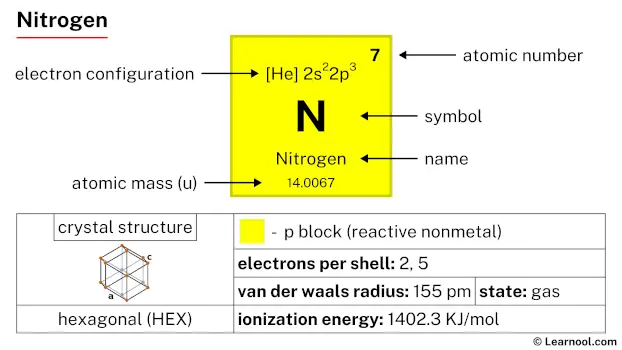 Nitrogen |
8 O 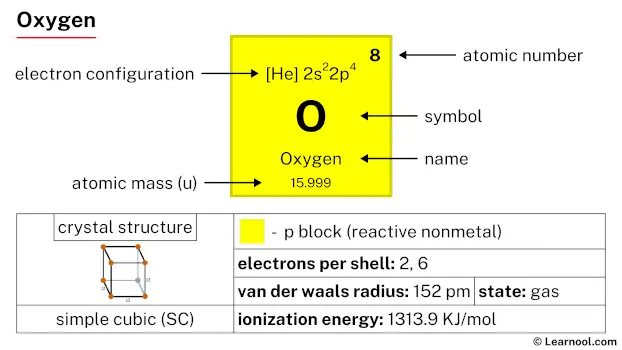 Oxygen |
9 F 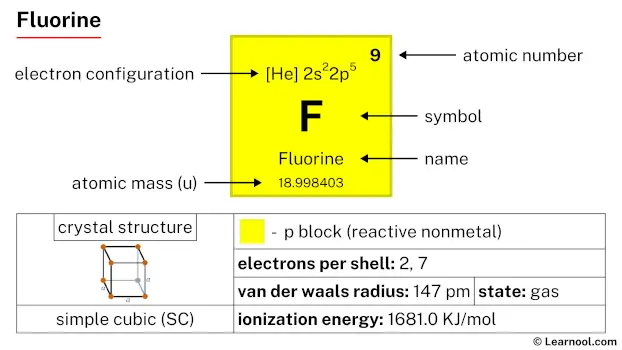 Fluorine |
10 Ne 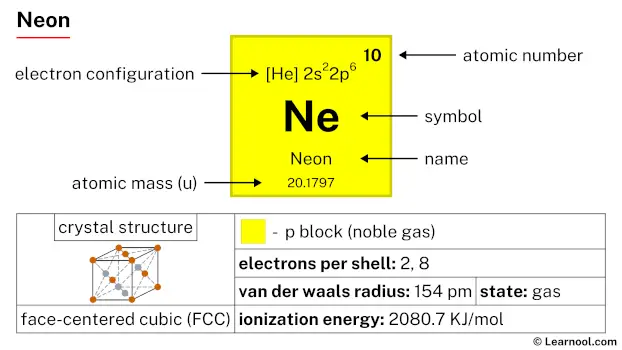 Neon |
|||||||||||
| 3 | 11 Na 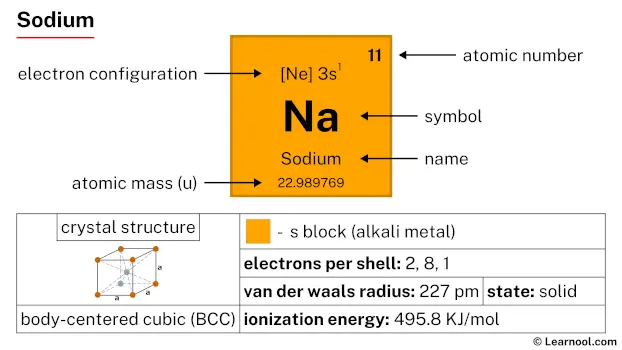 Sodium |
12 Mg 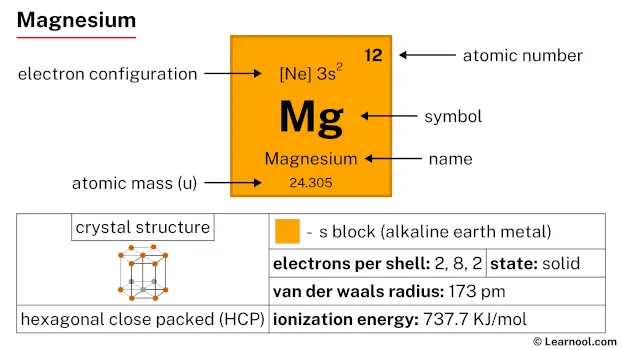 Magnesium |
13 Al  Aluminium |
14 Si Silicon |
15 P 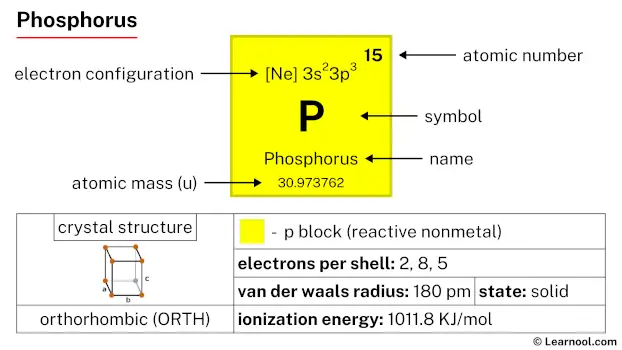 Phosphorus |
16 S 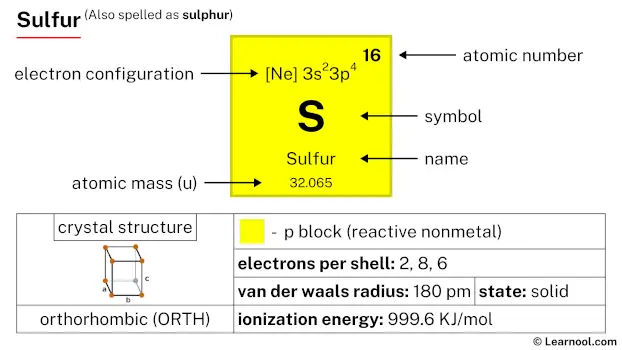 Sulfur |
17 Cl 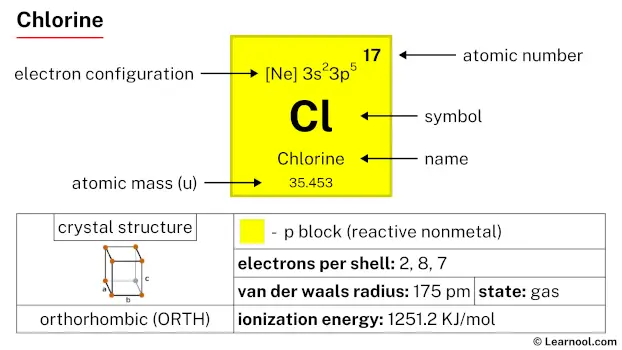 Chlorine |
18 Ar 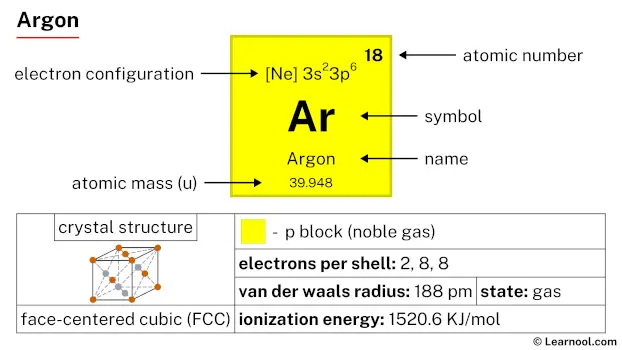 Argon |
|||||||||||
| 4 | 19 K 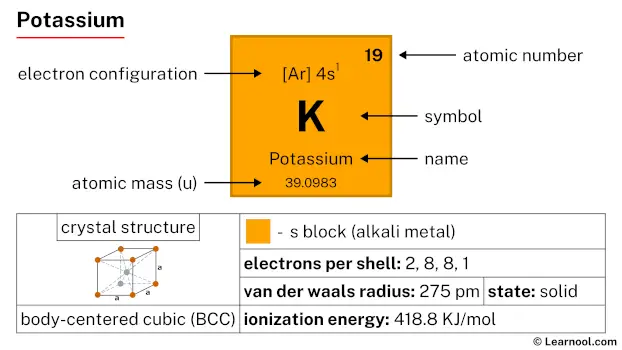 Potassium |
20 Ca 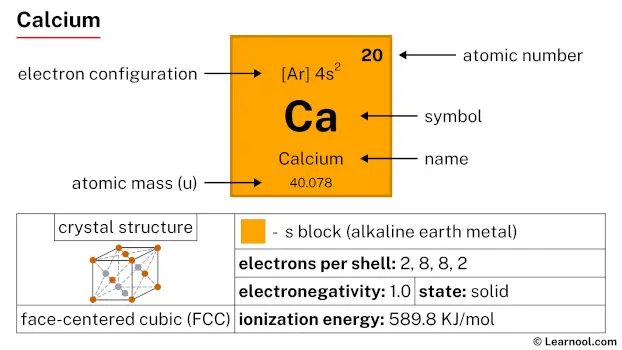 Calcium |
21 Sc 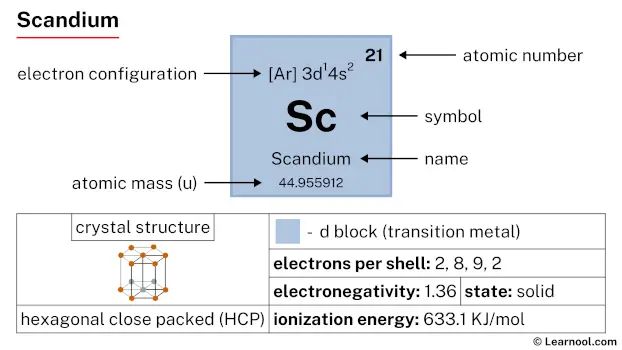 Scandium |
22 Ti 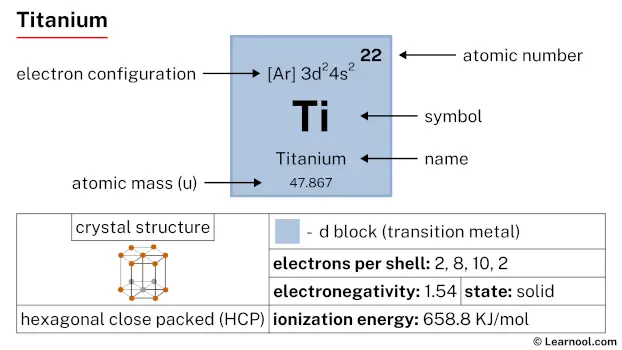 Titanium |
23 V 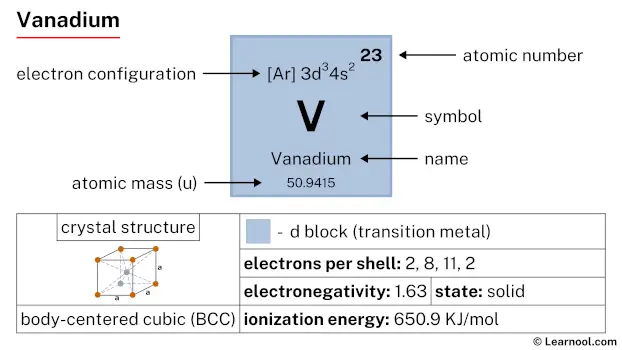 Vanadium |
24 Cr 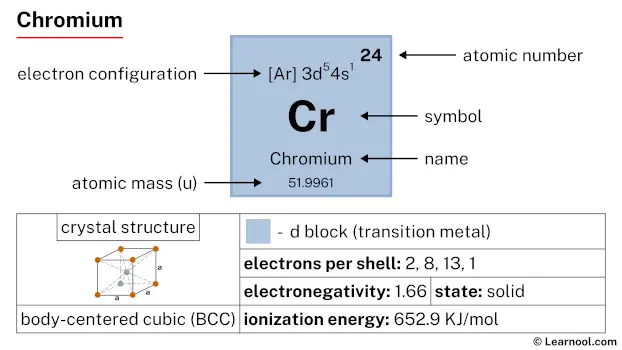 Chromium |
25 Mn 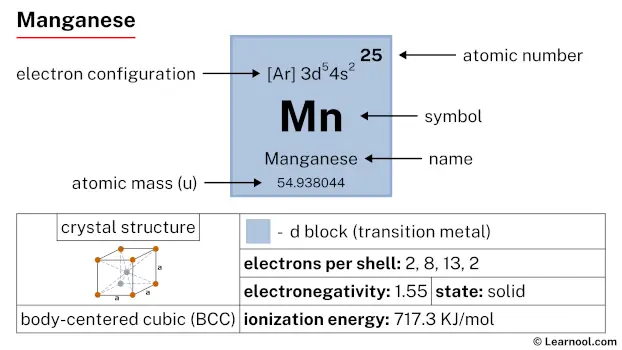 Manganese |
26 Fe 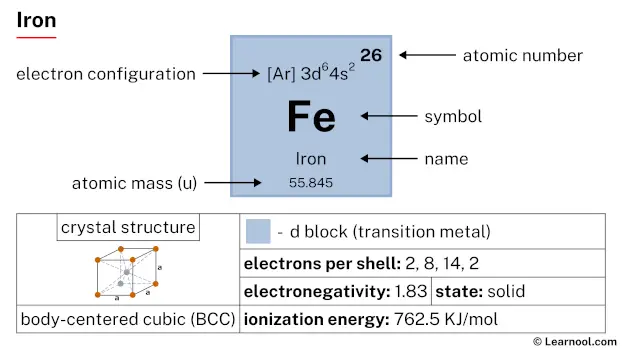 Iron |
27 Co 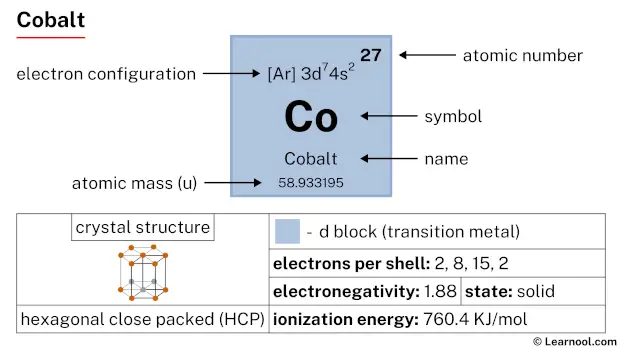 Cobalt |
28 Ni 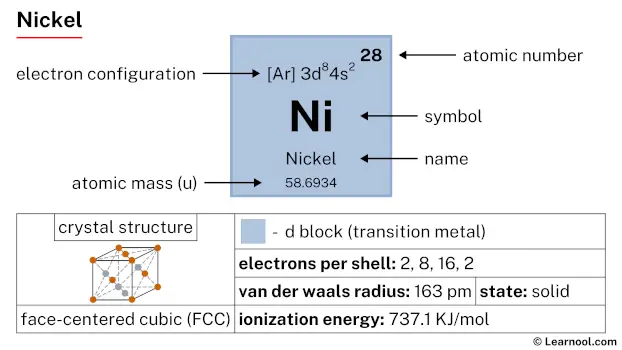 Nickel |
29 Cu 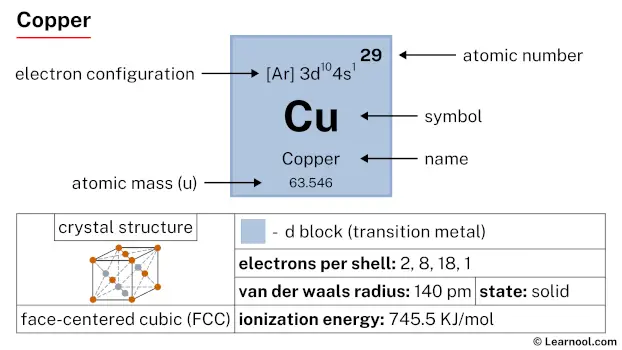 Copper |
30 Zn  Zinc |
31 Ga 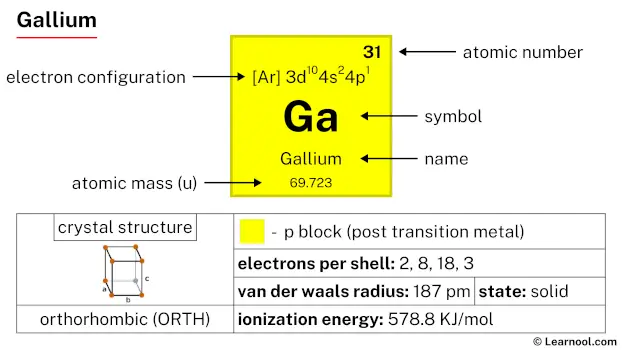 Gallium |
32 Ge 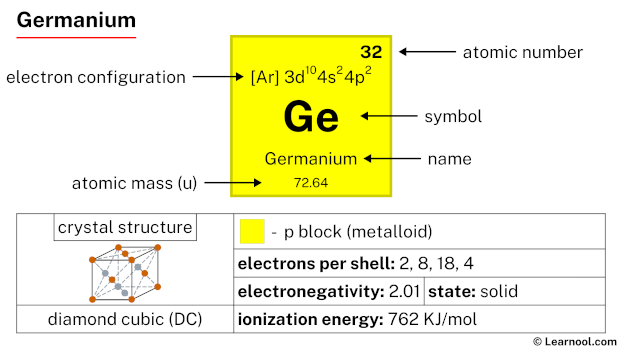 Germanium |
33 As 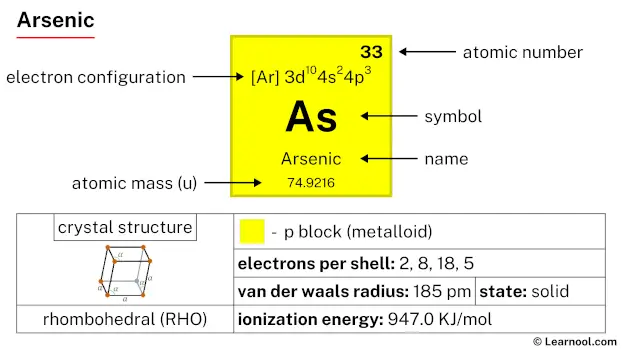 Arsenic |
34 Se 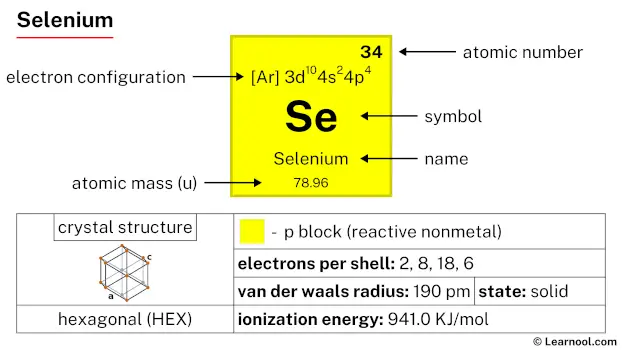 Selenium |
35 Br 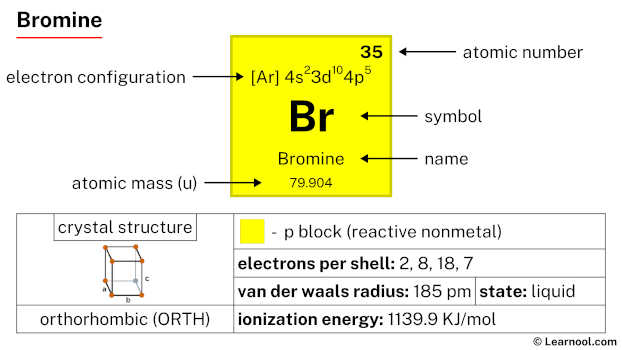 Bromine |
36 Kr  Krypton |
|
| 5 | 37 Rb 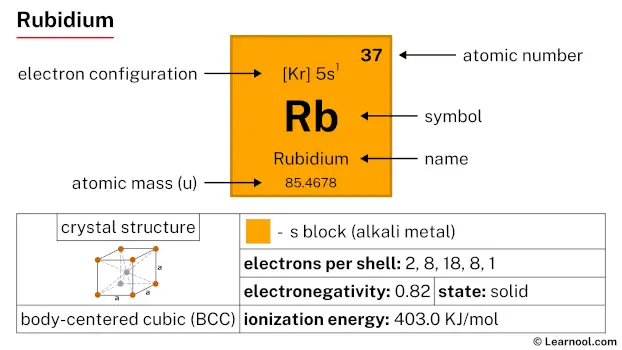 Rubidium |
38 Sr 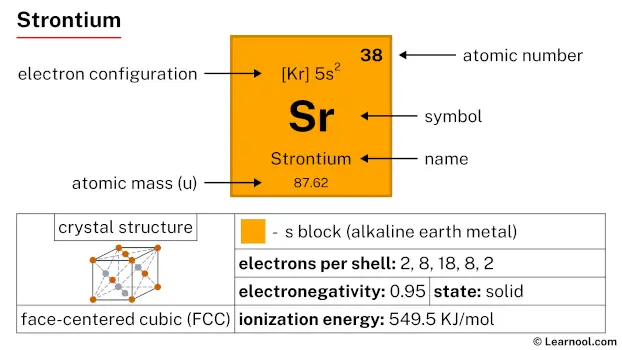 Strontium |
39 Y 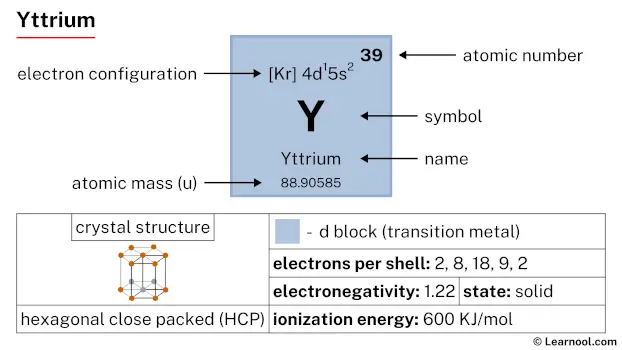 Yttrium |
40 Zr 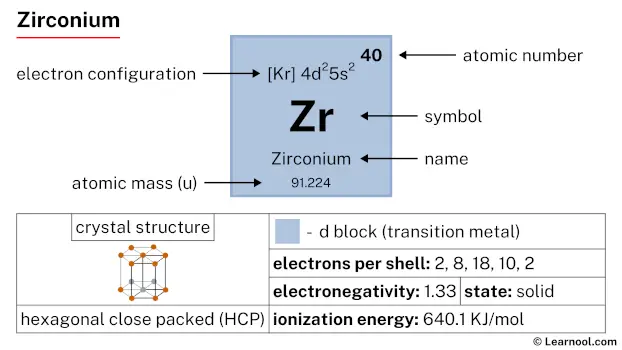 Zirconium |
41 Nb 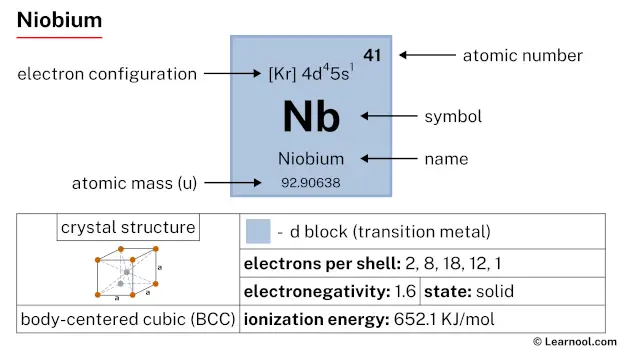 Niobium |
42 Mo Molybdenum |
43 Tc 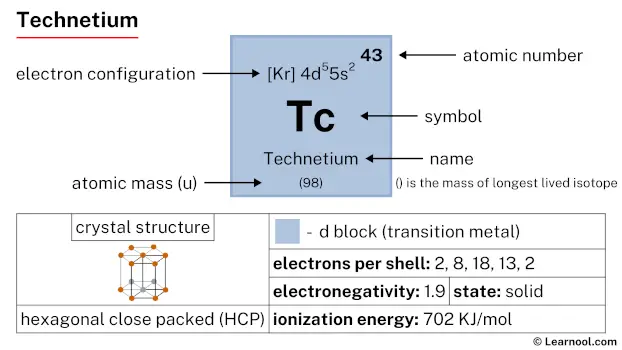 Technetium |
44 Ru 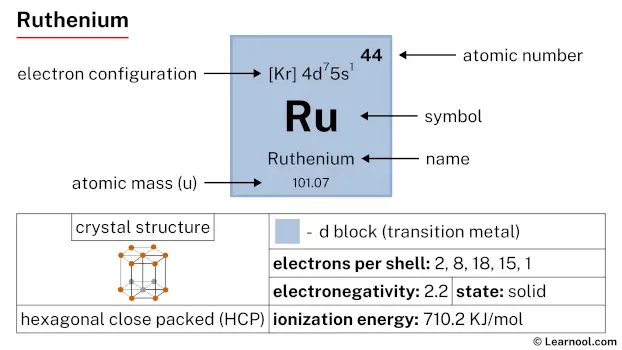 Ruthenium |
45 Rh 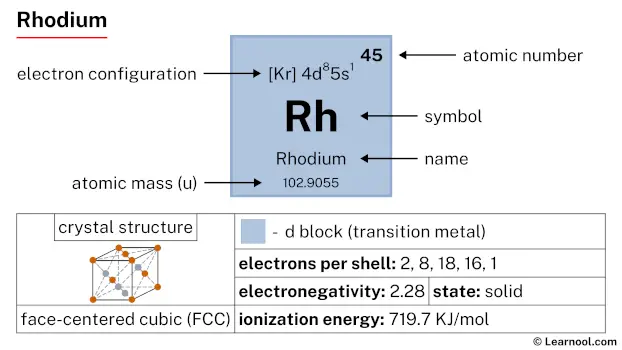 Rhodium |
46 Pd  Palladium |
47 Ag  Silver |
48 Cd 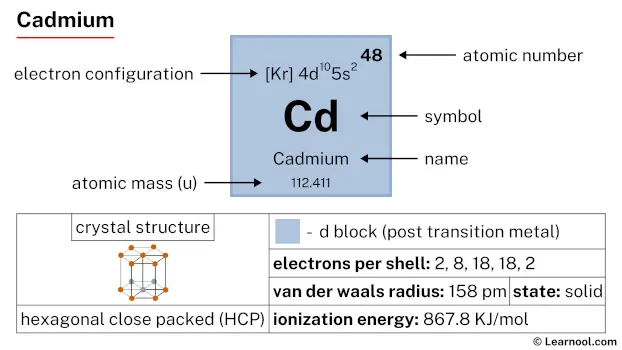 Cadmium |
49 In 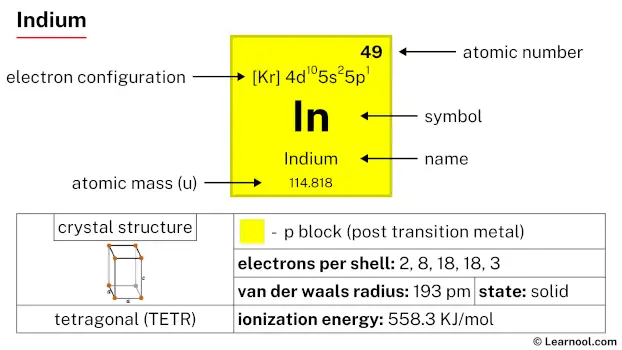 Indium |
50 Sn 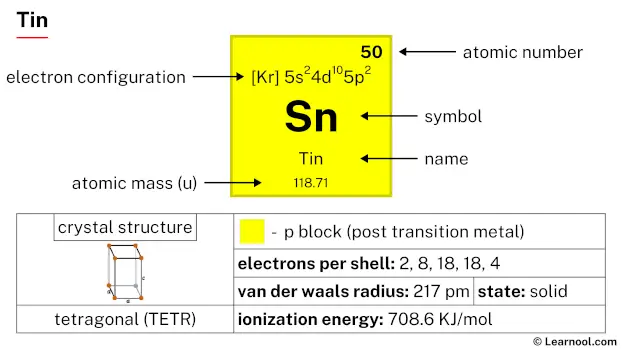 Tin |
51 Sb 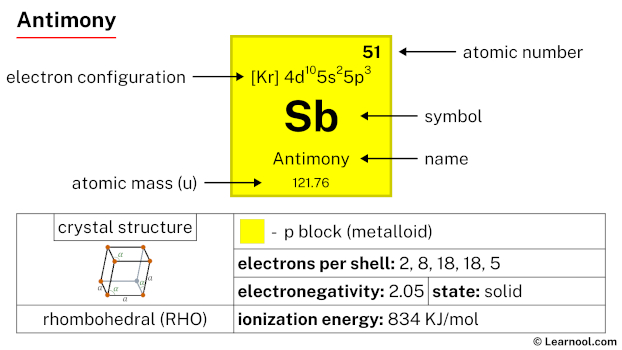 Antimony |
52 Te 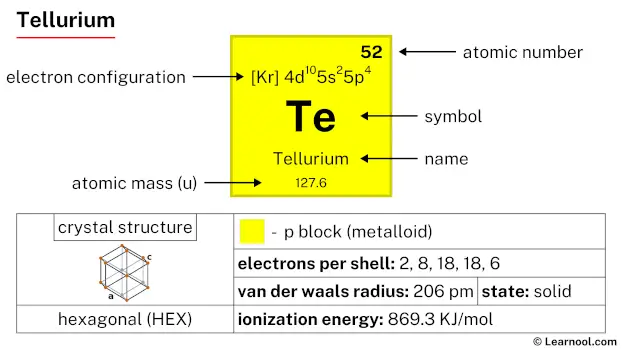 Tellurium |
53 I 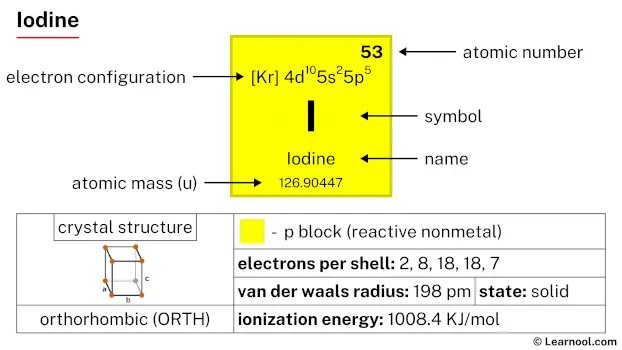 Iodine |
54 Xe 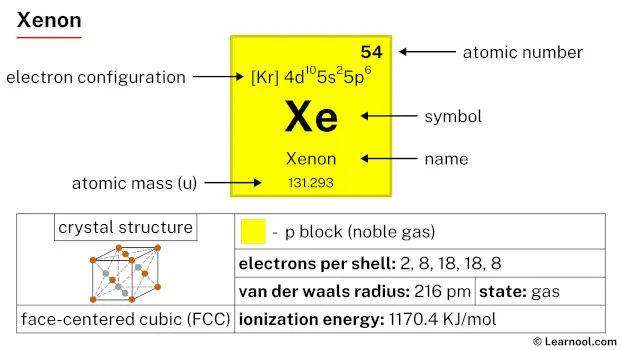 Xenon |
|
| 6 | 55 Cs 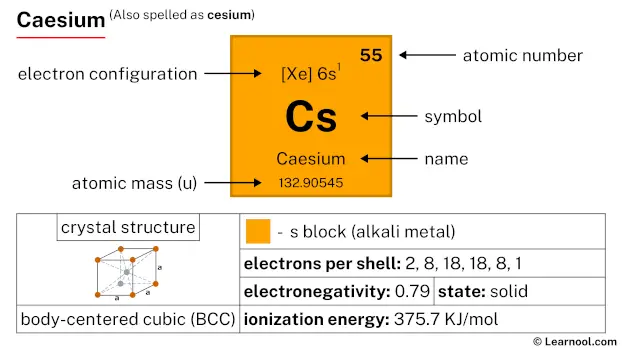 Caesium |
56 Ba 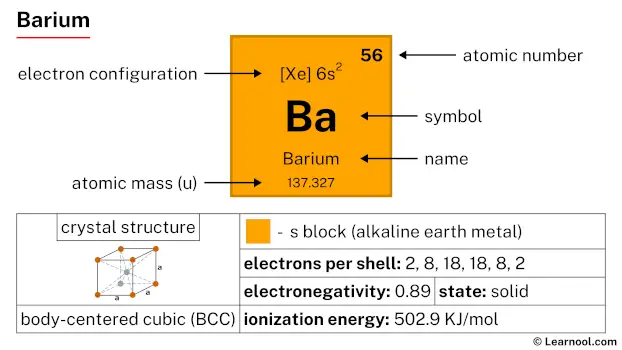 Barium |
72 Hf 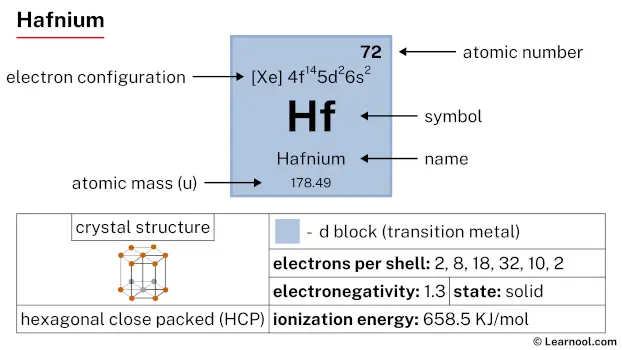 Hafnium |
73 Ta 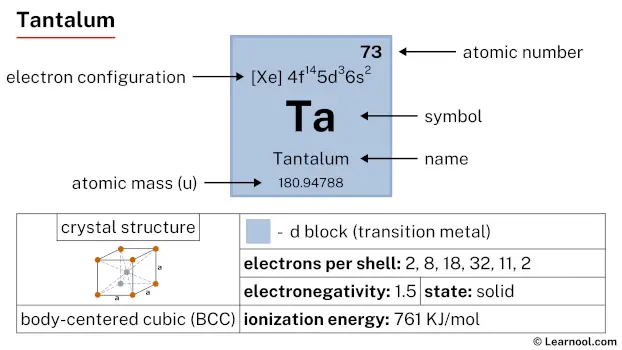 Tantalum |
74 W 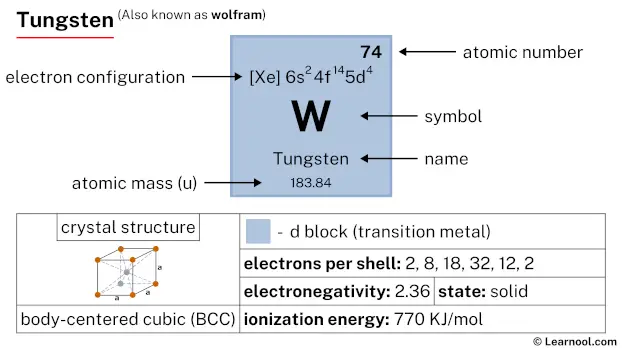 Tungsten |
75 Re 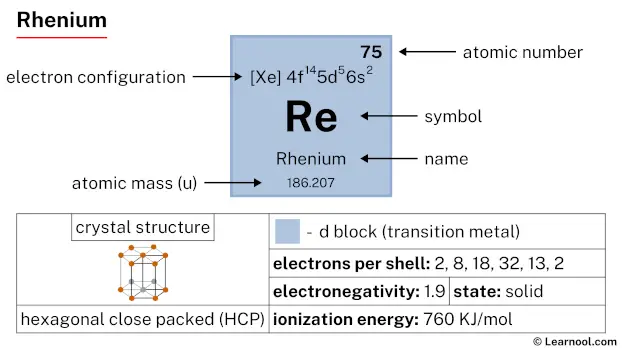 Rhenium |
76 Os 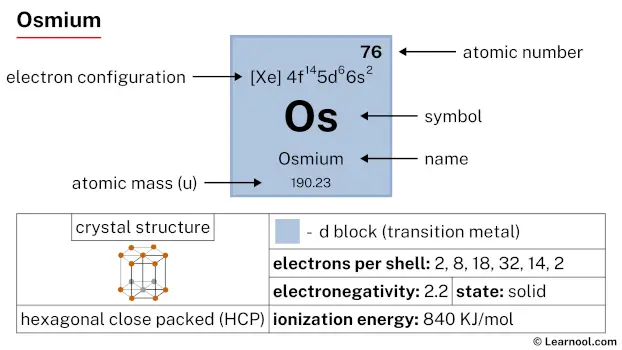 Osmium |
77 Ir 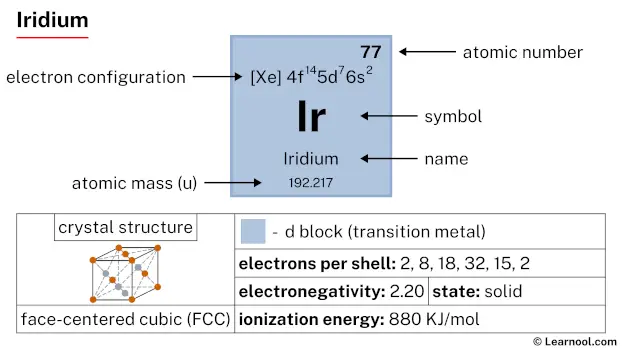 Iridium |
78 Pt  Platinum |
79 Au  Gold |
80 Hg 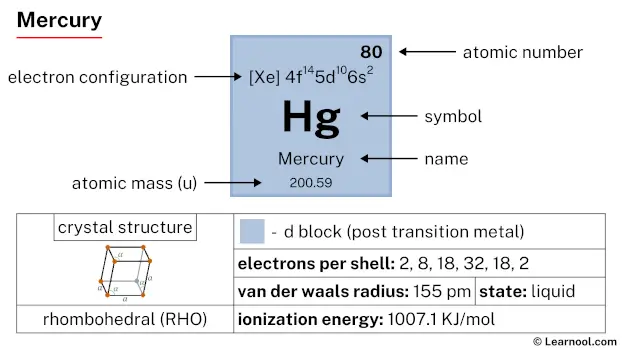 Mercury |
81 Tl 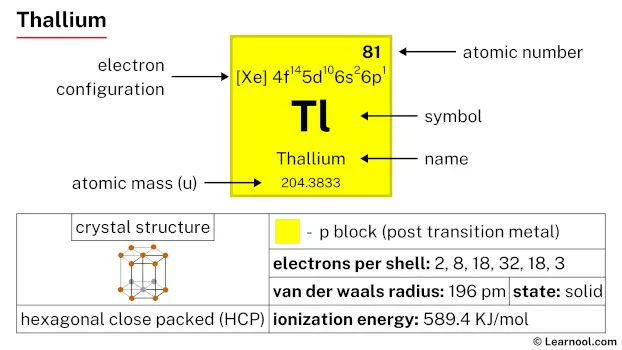 Thallium |
82 Pb  Lead |
83 Bi 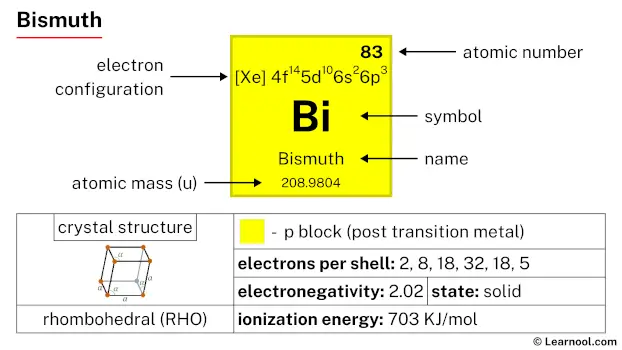 Bismuth |
84 Po 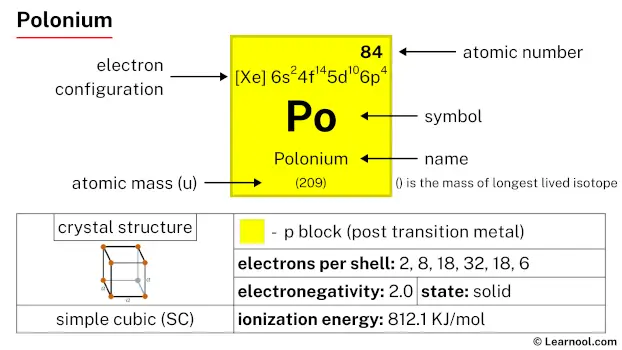 Polonium |
85 At 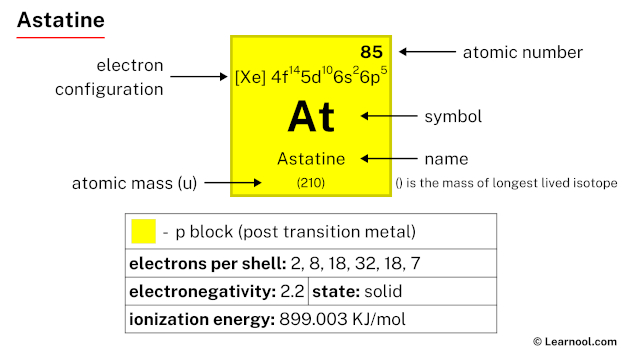 Astatine |
86 Rn 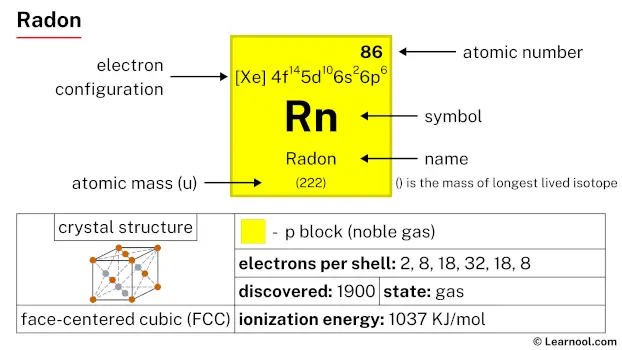 Radon |
||
| 7 | 87 Fr 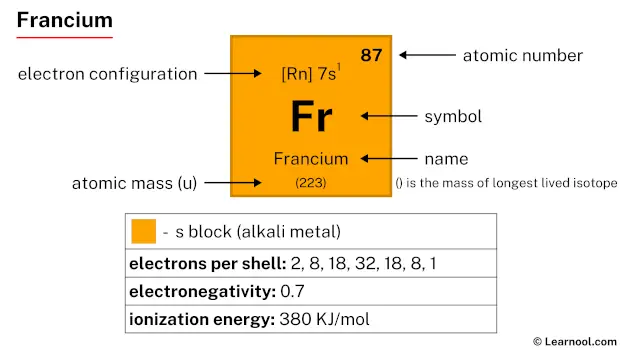 Francium |
88 Ra 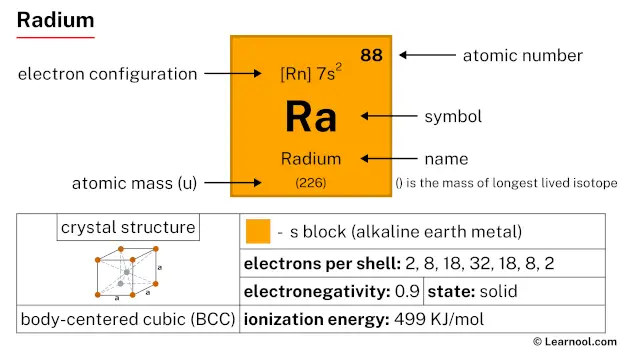 Radium |
104 Rf 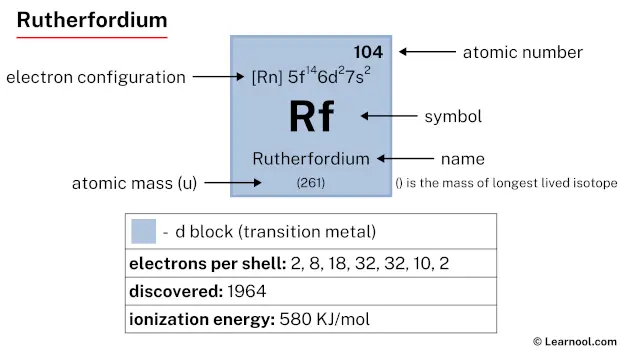 Rutherfordium |
105 Db 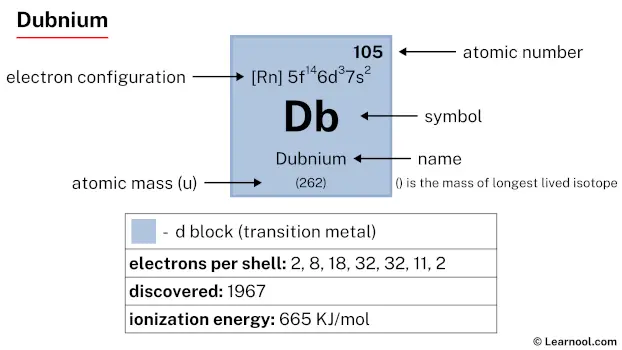 Dubnium |
106 Sg 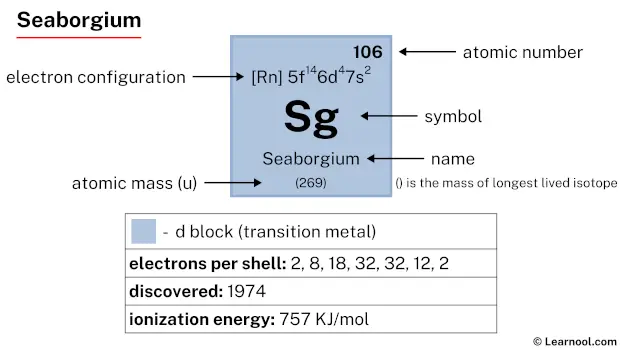 Seaborgium |
107 Bh 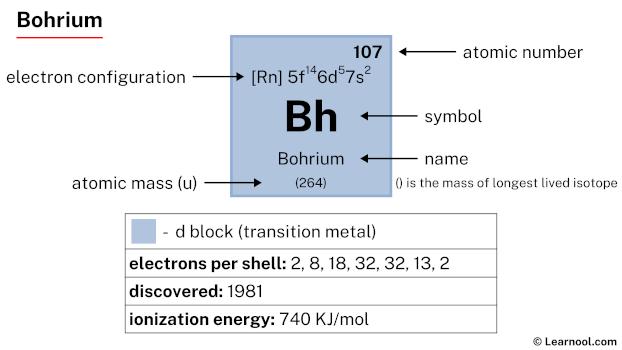 Bohrium |
108 Hs 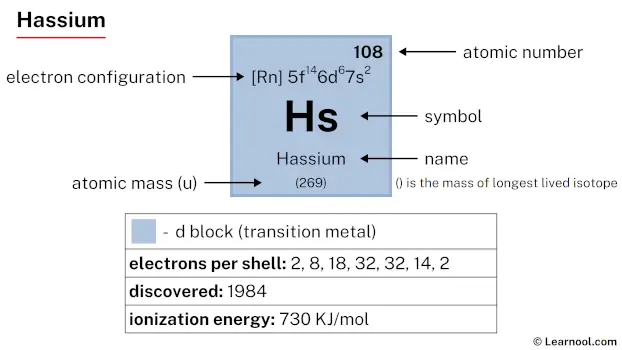 Hassium |
109 Mt 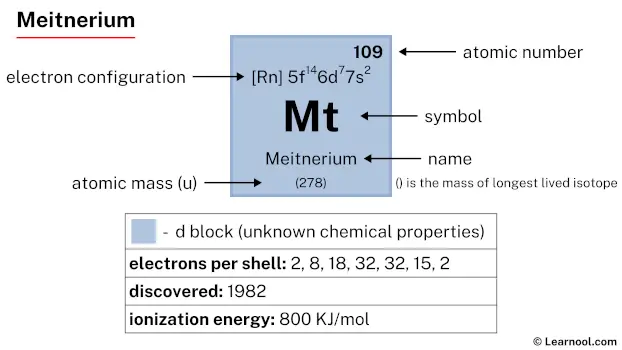 Meitnerium |
110 Ds 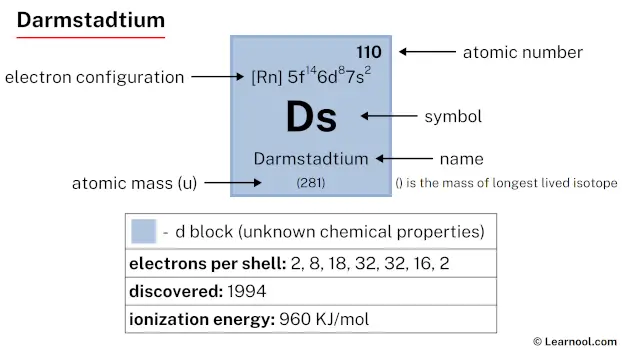 Darmstadtium |
111 Rg 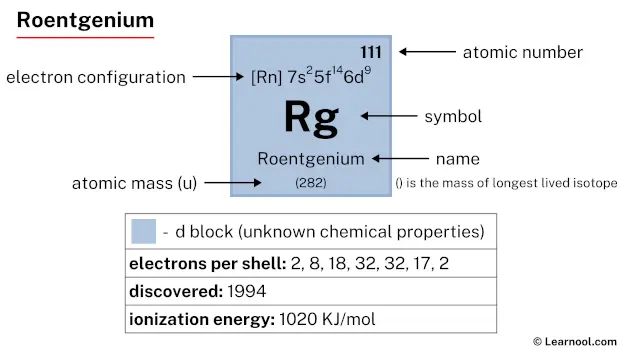 Roentgenium |
112 Cn  Copernicium |
113 Nh 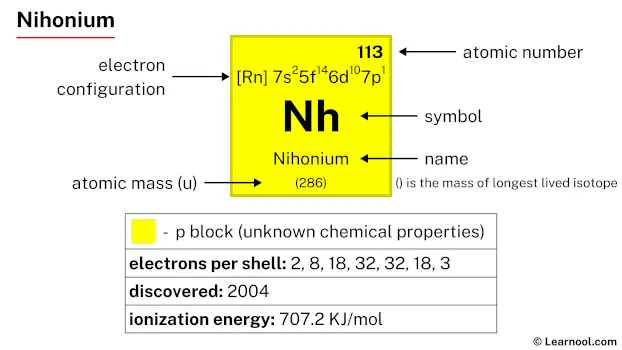 Nihonium |
114 Fl 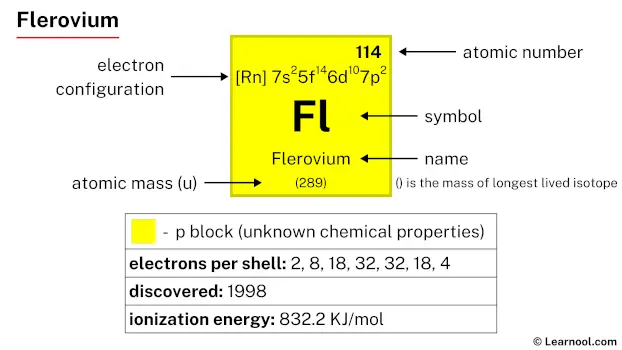 Flerovium |
115 Mc 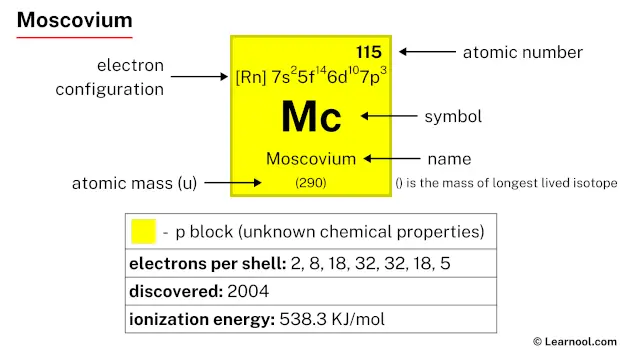 Moscovium |
116 Lv 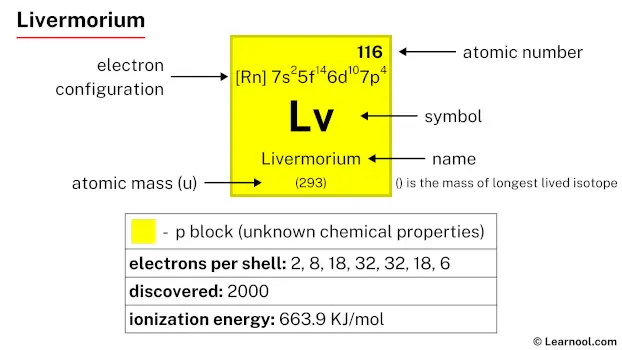 Livermorium |
117 Ts 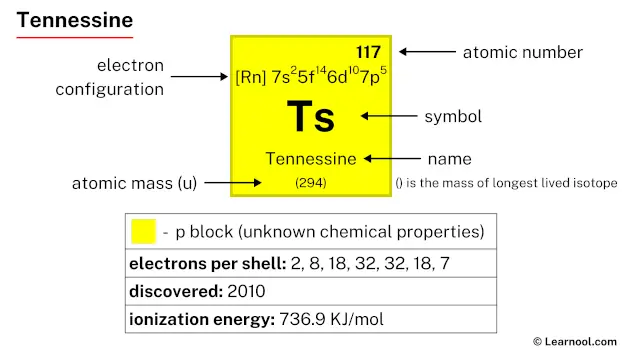 Tennessine |
118 Og 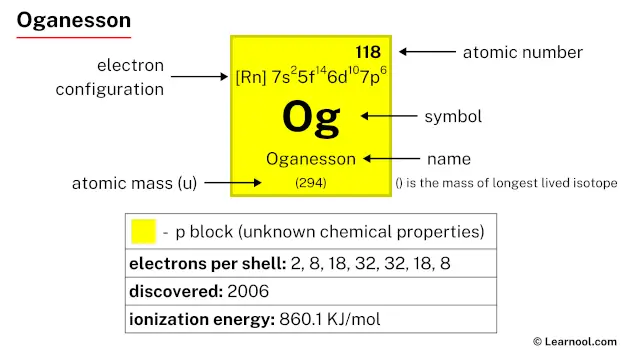 Oganesson |
||
| 57 La 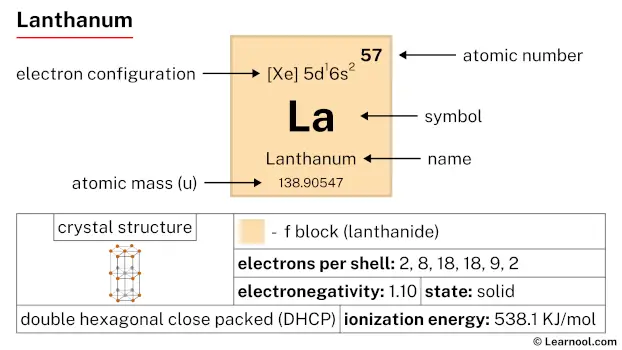 Lanthanum |
58 Ce 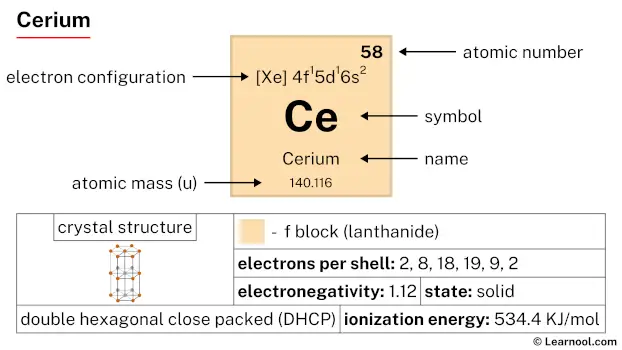 Cerium |
59 Pr 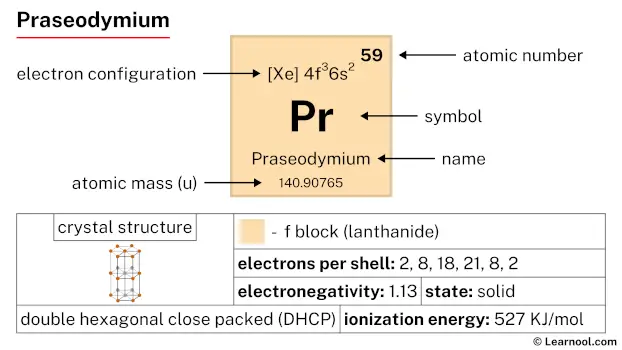 Praseodymium |
60 Nd 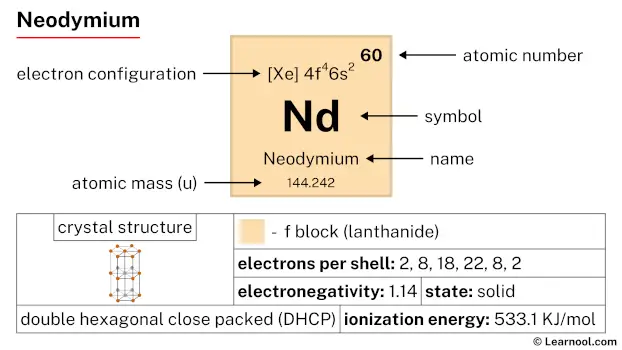 Neodymium |
61 Pm 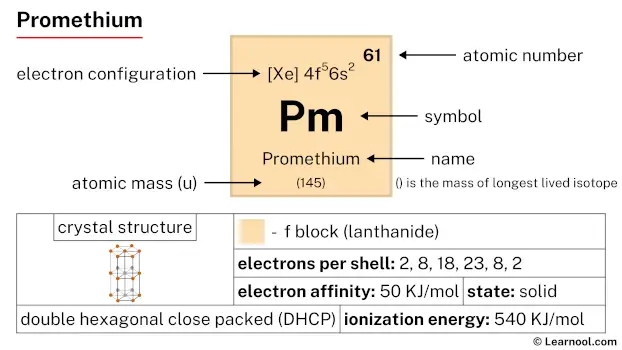 Promethium |
62 Sm 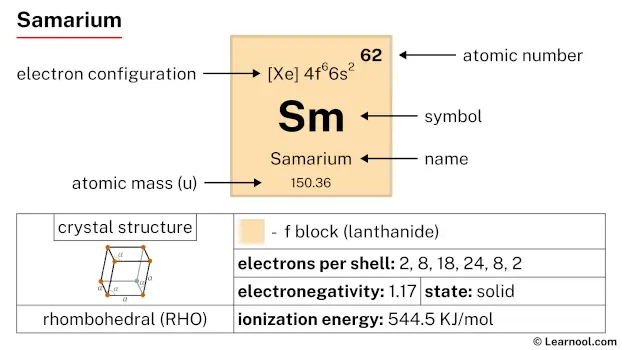 Samarium |
63 Eu 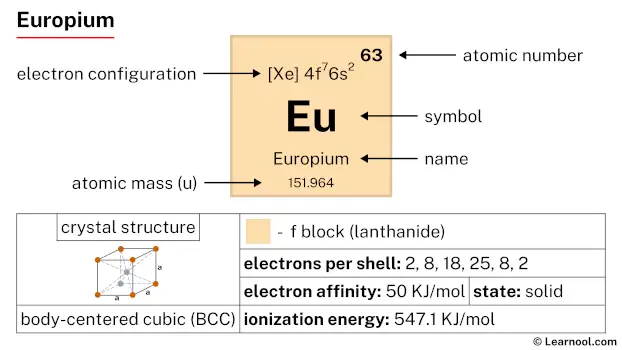 Europium |
64 Gd 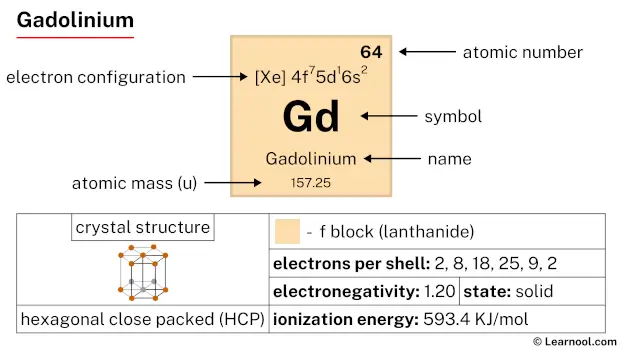 Gadolinium |
65 Tb 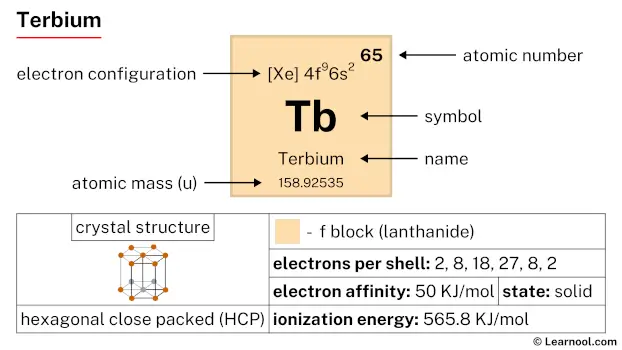 Terbium |
66 Dy 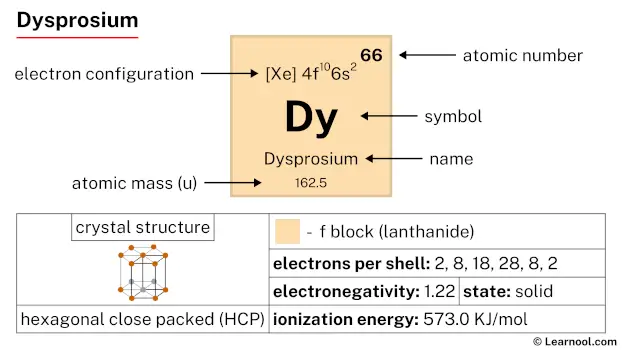 Dysprosium |
67 Ho 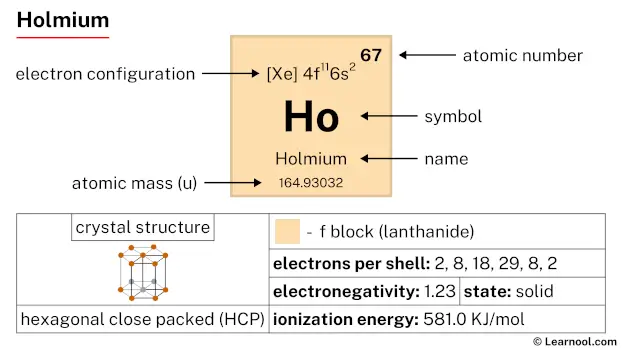 Holmium |
68 Er 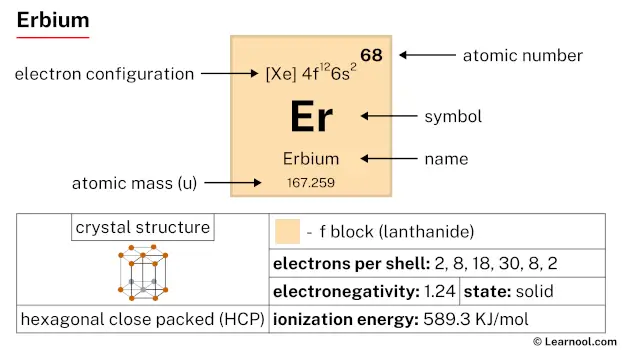 Erbium |
69 Tm 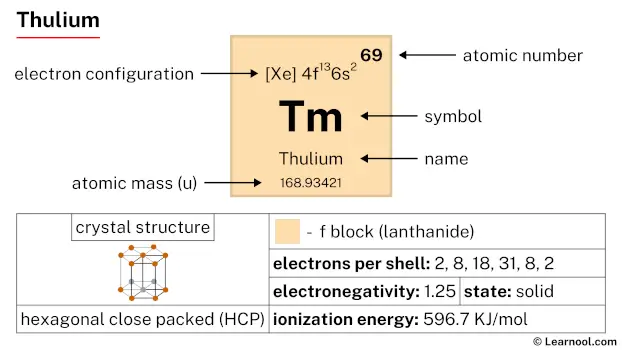 Thulium |
70 Yb 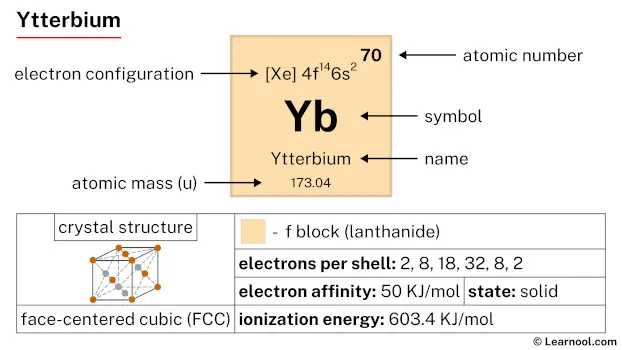 Ytterbium |
71 Lu 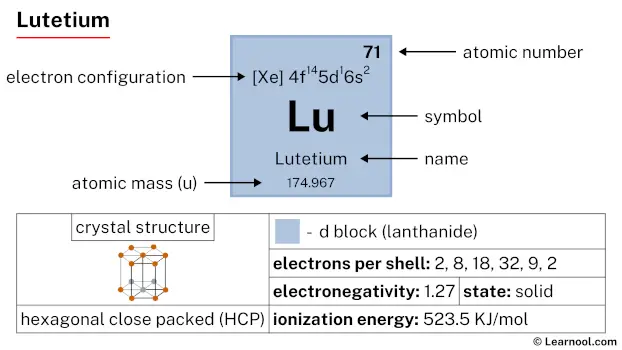 Lutetium |
|||||
| 89 Ac 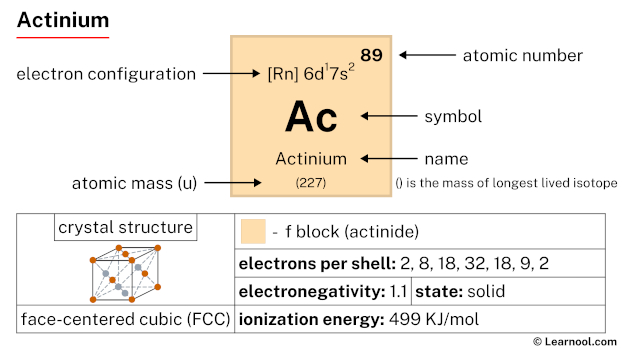 Actinium |
90 Th 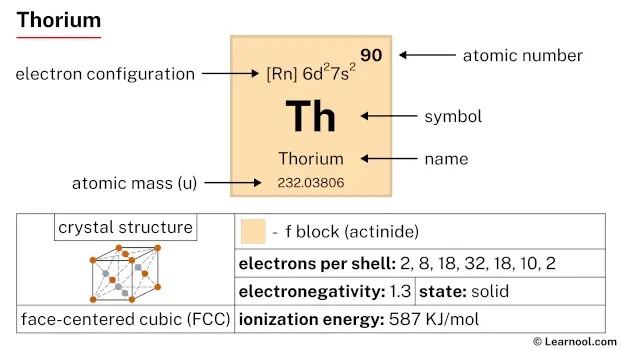 Thorium |
91 Pa 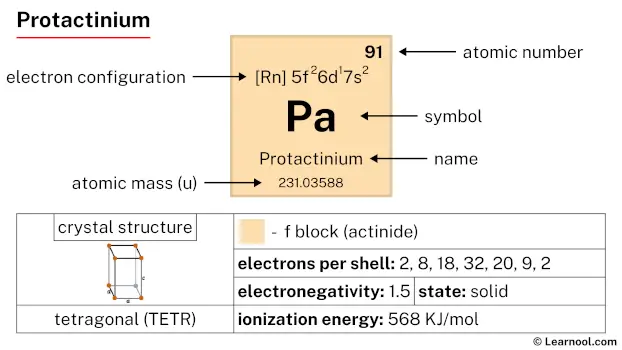 Protactinium |
92 U 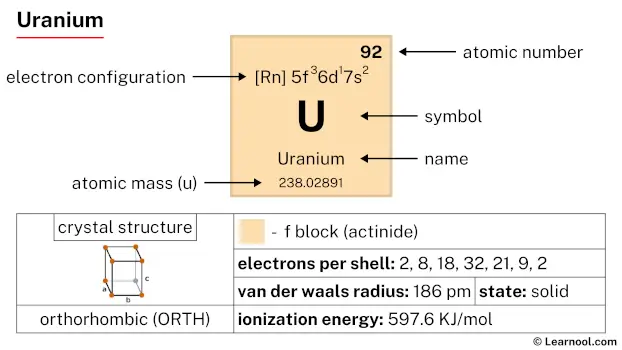 Uranium |
93 Np 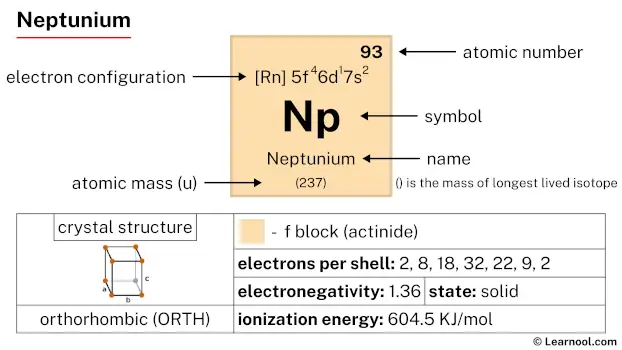 Neptunium |
94 Pu 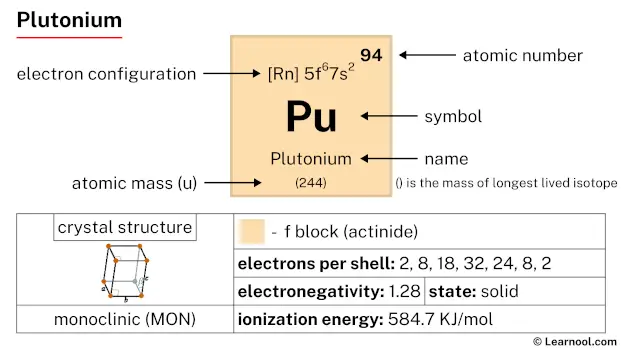 Plutonium |
95 Am  Americium |
96 Cm 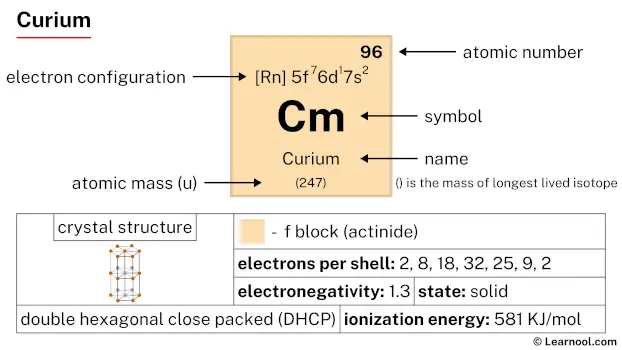 Curium |
97 Bk 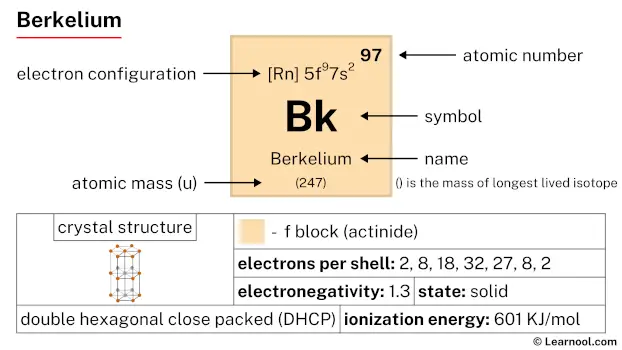 Berkelium |
98 Cf 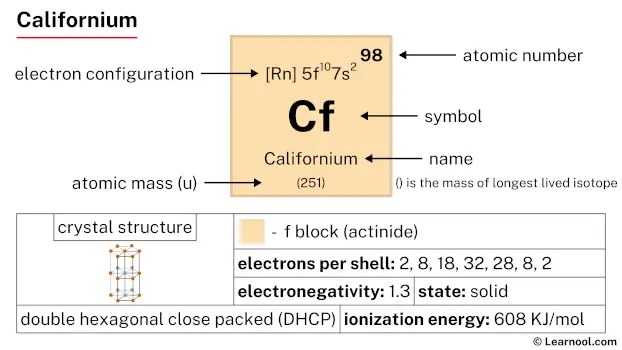 Californium |
99 Es 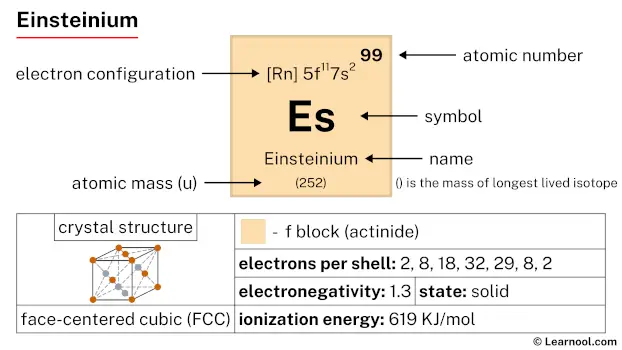 Einsteinium |
100 Fm 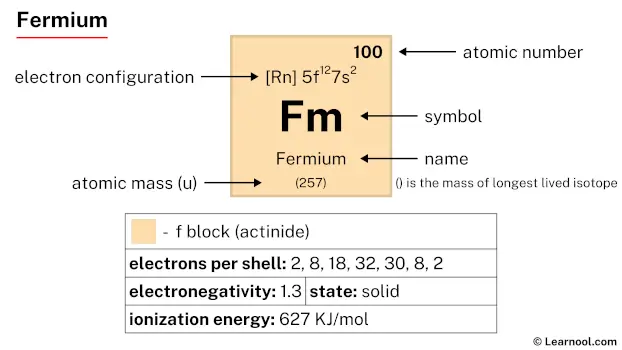 Fermium |
101 Md 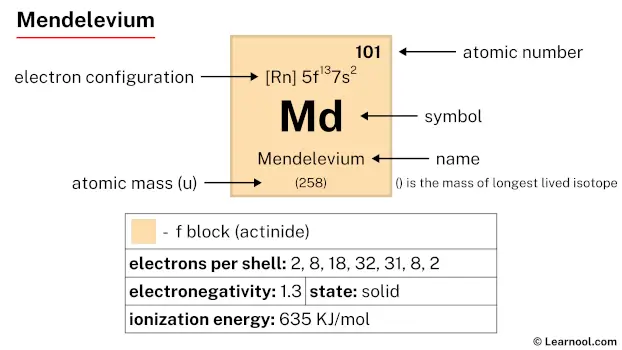 Mendelevium |
102 No 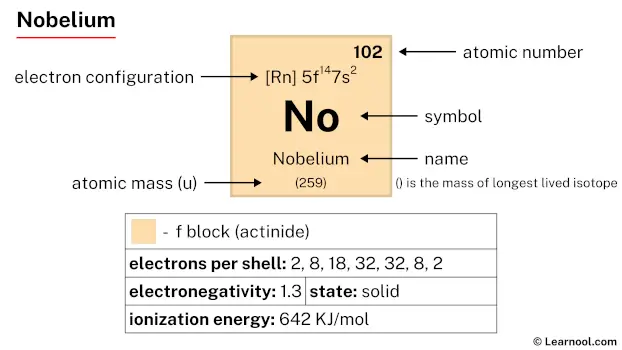 Nobelium |
103 Lr 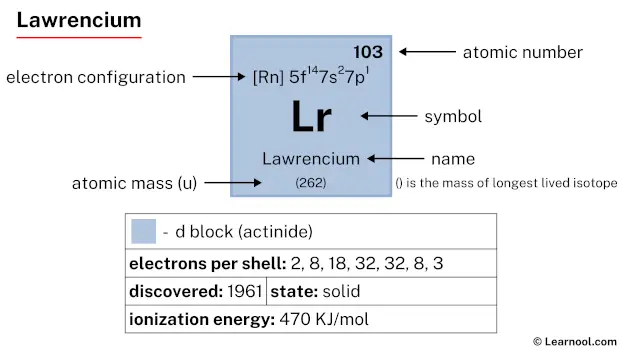 Lawrencium |
|||||
| – d block |
Molybdenum is a d-block element, found in the sixth column and the fifth row of the periodic table. It has the atomic number 42 and is denoted by the symbol Mo.
Element information
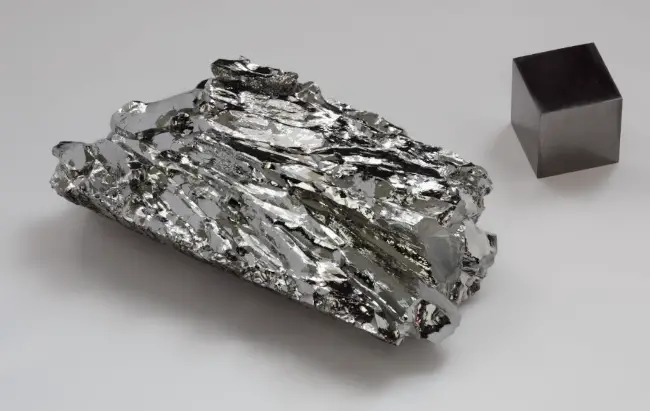 |
|
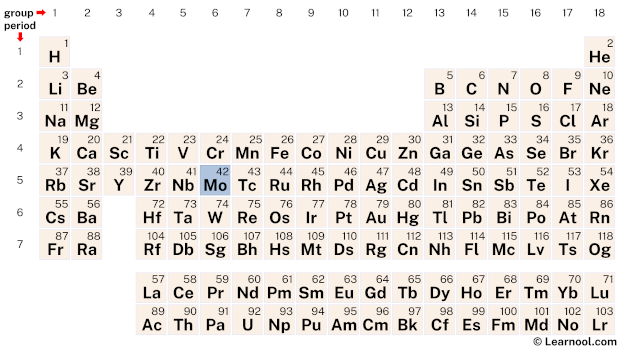 |
|
| Origin of name | Greek word “molybdos” (which means lead) |
| Symbol | Mo |
| Atomic number (Z) | 42 |
| Atomic mass | 95.95 u |
| Block | d-block |
| Group | 6 |
| Period | 5 |
| Classification | Transition metal |
| Atomic radius | 139 pm |
| Covalent radius | 154±5 pm |
| Melting point | 2623 ℃, 4753 ℉, 2896 K |
| Boiling point | 4639 ℃, 8382 ℉, 4912 K |
| Electron configuration | [Kr] 4d5 5s1 |
| Learn how to write: Molybdenum electron configuration | |
| Electrons per shell | 2, 8, 18, 13, 1 |
| Learn how to draw: Molybdenum Bohr model | |
| Crystal structure | Body-centered cubic (bcc) |
| Phase at r.t | Solid |
| Density near r.t | 10.28 g/cm3 |
| Main isotopes | Molybdenum-92, Molybdenum-94, Molybdenum-95, Molybdenum-96, Molybdenum-97, Molybdenum-98 |
| Natural occurrence | Primordial |
| Oxidation state | +4, +6 |
| Electronegativity (Pauling scale) | 2.16 |
| Protons Neutrons Electrons |
42 54 42 |
| Learn how to find: Molybdenum protons neutrons electrons | |
| CAS number | 7439-98-7 |
| Discovered by | Carl Wilhelm Scheele in 1778 |
History
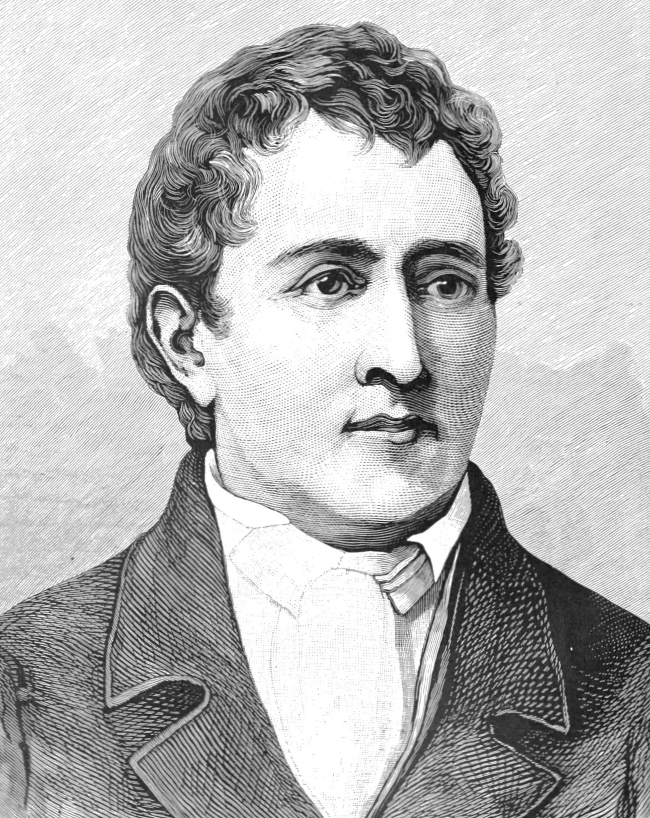
Molybdenum was discovered by a Swedish scientist named Carl Wilhelm Scheele in 1778. However, its isolation and characterization were carried out by another Swedish chemist named Peter Jacob Hjelm in 1781. The name “molybdenum” is derived from the Greek word “molybdos,” which means “lead-like,” as it was originally mistaken for lead ore.
In the late 19th century, the use of molybdenum became more widespread with the discovery of its ability to strengthen steel alloys. During this time, molybdenum mining became more commercially viable, and it was also found to have uses in other industries such as electronics and agriculture.
Occurrence and production
Molybdenum is a relatively abundant element, with an estimated abundance in the Earth’s crust of 1.2 parts per million. It is found in various minerals, including molybdenite (MoS2), wulfenite (PbMoO4), and powellite (CaMoO4). The primary molybdenum-bearing mineral is molybdenite, which typically contains 60-90% molybdenum.
The largest producers of molybdenum are China, United States, Chile, Peru, and Canada. Molybdenum mining is typically carried out as an open-pit operation, although some deposits may be mined underground. After the ore is extracted from the mine, it is crushed and ground into fine particles. The molybdenum-containing mineral is then separated from the rest of the ore using flotation, a process that relies on the differential wettability of the minerals.
Once separated, the molybdenum concentrate is roasted in air to convert it to molybdenum oxide (MoO3), which can then be further refined into pure molybdenum metal through a series of chemical and metallurgical processes. Molybdenum is also produced as a by-product of copper mining, with the majority of by-product production occurring in Chile, United States, and Peru.
Properties
Molybdenum is a good conductor of heat and electricity.
It has a silvery-white appearance and is solid at room temperature.
Molybdenum has a high melting point of 2623 ℃ (4753 ℉) and a high boiling point of 4639 ℃ (8382 ℉).
It has a density of 10.28 g/cm3, which is higher than most other transition metals.
Molybdenum has a very high modulus of elasticity and is incredibly strong and resistant to wear and corrosion.
It is also highly resistant to corrosion, making it useful in environments where corrosive materials are present.
Molybdenum has a unique ability to withstand extreme temperatures and is used in applications that require high-temperature resistance.
Molybdenum is paramagnetic and does not react with air or water at room temperature.
Applications
One of the most important uses of molybdenum is in the production of high-strength alloys that are used in aircraft parts, electrical contacts, and industrial motors. Molybdenum alloys can also be found in the production of missile and rocket parts, and in the construction of nuclear reactors and power plants.
In the manufacturing industry, molybdenum is often used as a lubricant, particularly in extreme conditions such as high pressure and high temperatures. Molybdenum disulfide (MoS2) is a popular solid lubricant due to its low coefficient of friction, resistance to wear and tear, and high thermal stability. It is often used in heavy-duty machinery, mining equipment, and drilling tools.
Molybdenum is also used in the production of electronic components such as transistors, diodes, and capacitors. This is due to its high electrical conductivity and low thermal expansion, which make it a good choice for electronic devices that operate at high temperatures. Molybdenum is also used as a filament in incandescent light bulbs and in the production of flat panel displays.
In the medical field, molybdenum-99 (Mo-99) is used to produce technetium-99m (Tc-99m), which is a radioactive isotope used in medical imaging. Tc-99m is used in over 80% of all nuclear medicine procedures and is particularly useful for imaging bone, heart, and brain tissue.
Molybdenum is also used in the agricultural industry as a micronutrient for plants. Molybdenum deficiency in plants can lead to reduced growth and yield, and supplementing soil with molybdenum can help improve plant health and productivity.
Interesting facts
Molybdenum has the sixth-highest melting point of any element and is used in high-temperature applications, such as jet engines and gas turbines.
Molybdenum is an essential trace element for animals and plants, and it plays a crucial role in nitrogen fixation and metabolism.
Molybdenum is used in the petroleum industry to remove sulfur from crude oil, which helps reduce air pollution.
Molybdenum disulfide is a solid lubricant that can withstand high temperatures and pressures, making it useful in industrial applications.
The isotope molybdenum-99 is used in medical imaging, specifically in nuclear medicine to image the heart, liver, and kidneys.
Molybdenum has a relatively low toxicity to humans, and in fact, it is often found in dietary supplements.
Molybdenum has been used in ancient times, as evidenced by molybdenum artifacts found in a burial site in northern Iran dating back to the 3rd millennium BC.
Molybdenum is widely distributed in the Earth’s crust and is found in various minerals, including molybdenite, wulfenite, and powellite.
Related
More elements
External links
- https://en.wikipedia.org/wiki/Molybdenum
- https://www.rsc.org/periodic-table/element/42/molybdenum
- https://www.britannica.com/science/molybdenum
- https://www.livescience.com/34687-molybdenum.html
- https://pubchem.ncbi.nlm.nih.gov/element/Molybdenum
- https://chemistrytalk.org/molybdenum-element/
- https://www.chemicool.com/elements/molybdenum.html
Deep
Learnool.com was founded by Deep Rana, who is a mechanical engineer by profession and a blogger by passion. He has a good conceptual knowledge on different educational topics and he provides the same on this website. He loves to learn something new everyday and believes that the best utilization of free time is developing a new skill.
